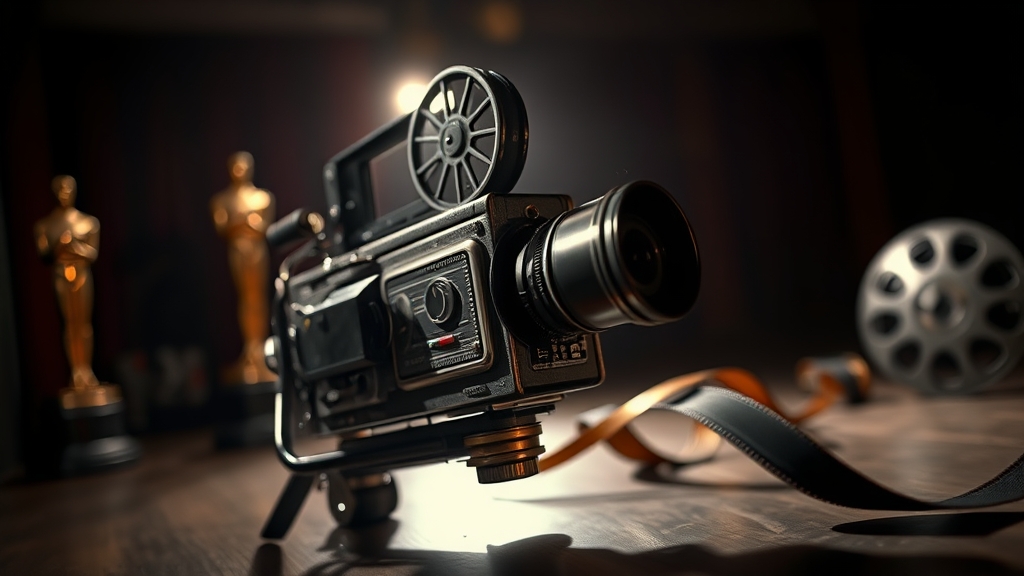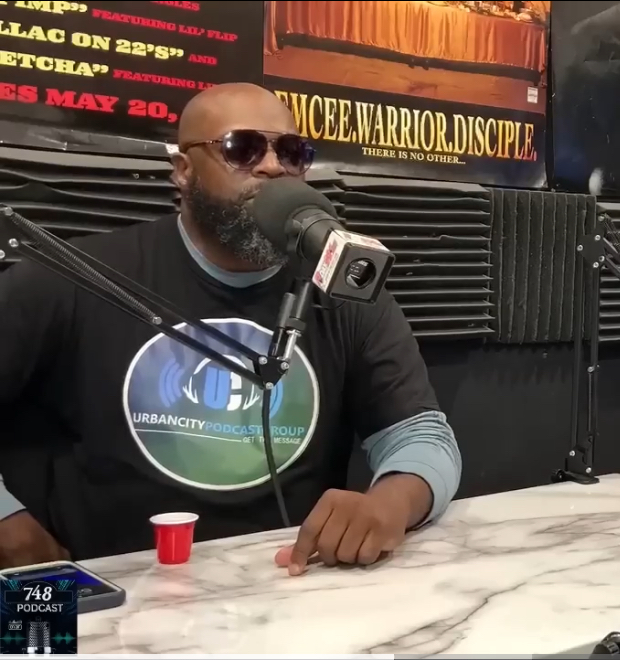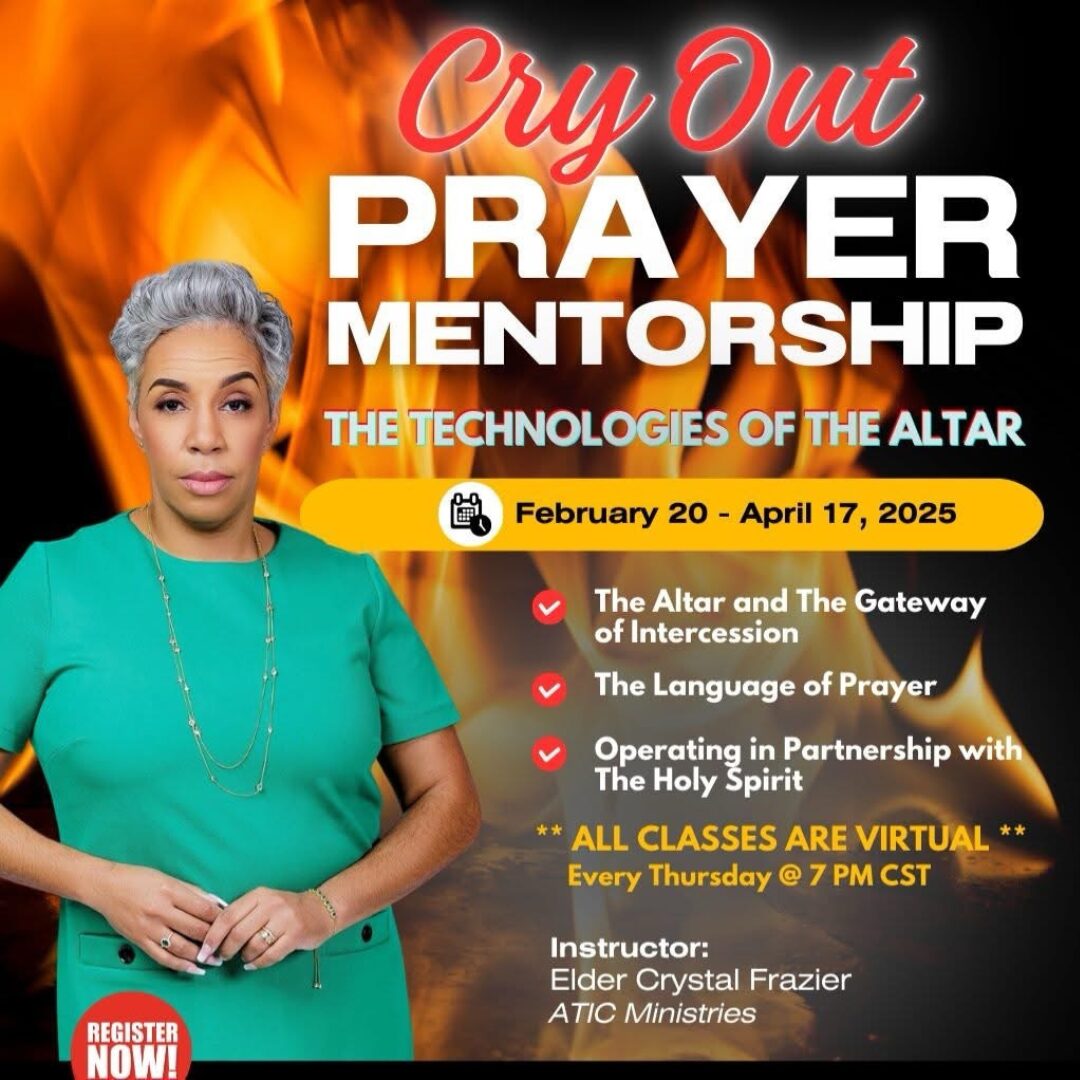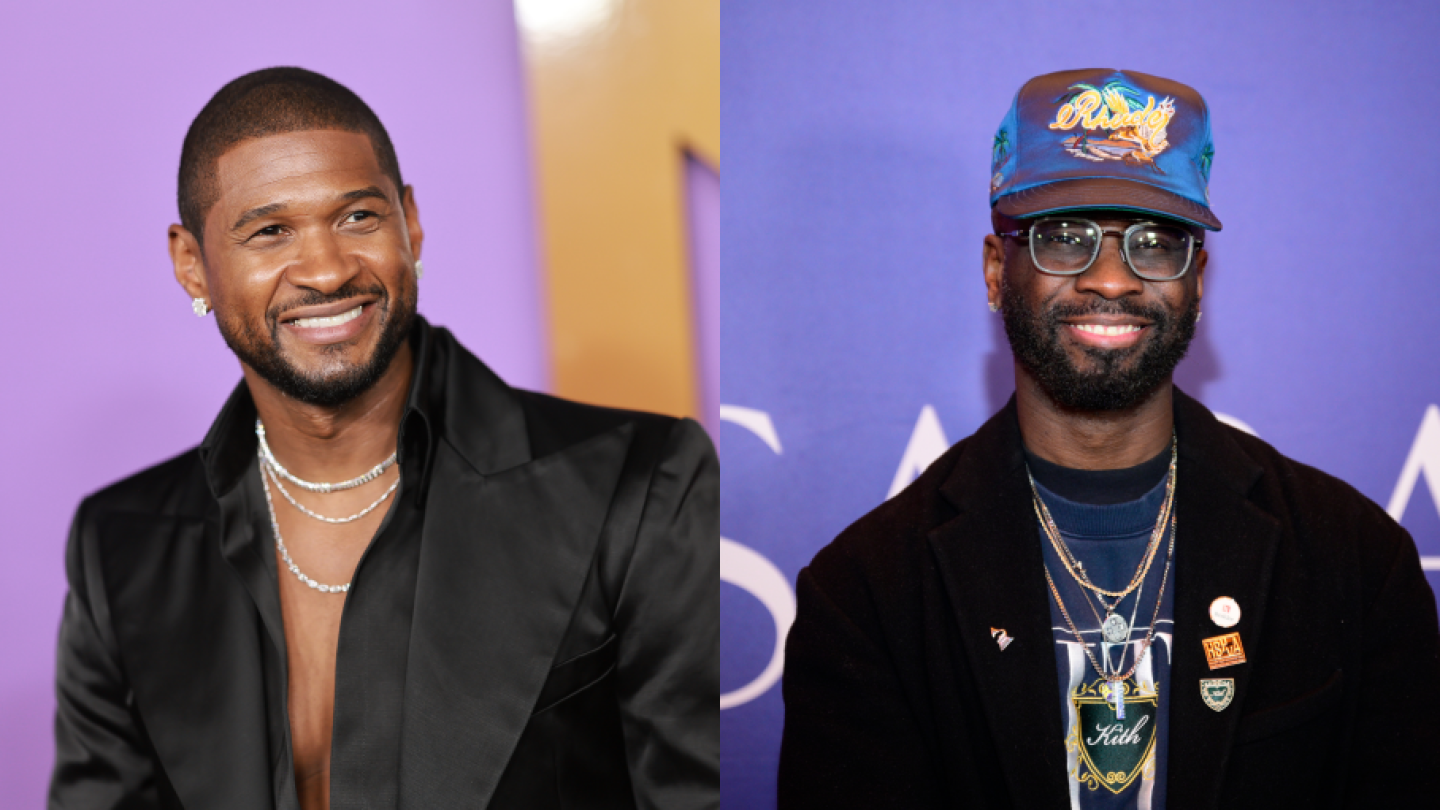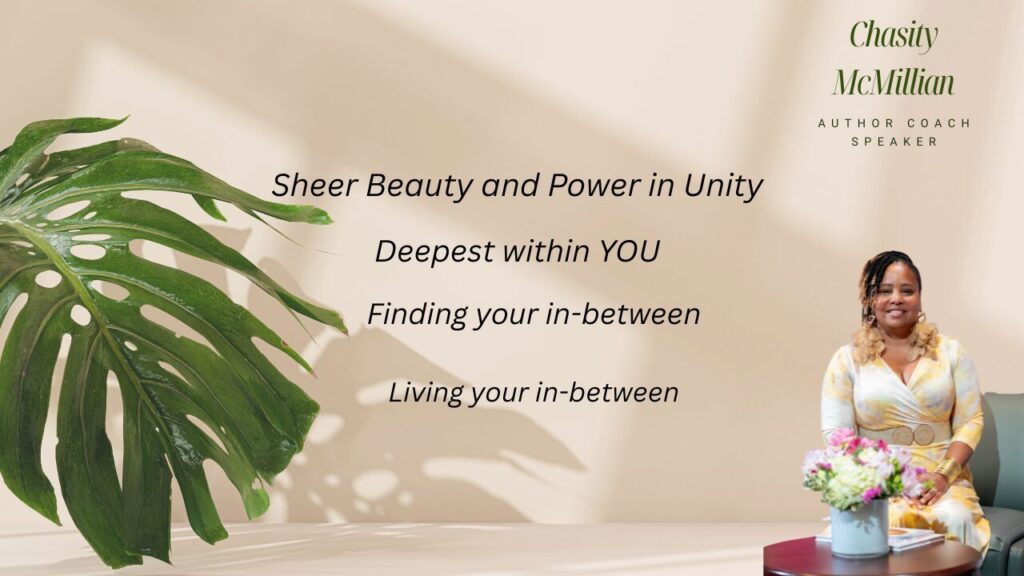Key Takeaways
- Despite major contributions to film and TV, Black creatives continue to face significant pay disparities in Hollywood contracts and negotiations.
- Streaming platforms and traditional studios still use outdated excuses to justify lower pay for Black actors, writers, and directors.
- A growing movement—led by artists, independent studios, and public protests—is demanding transparency, fair compensation, and structural change across the industry.
Somehow, There’s Still a Mismatch
Black stars fill seats, break records, and set trends—but behind the scenes, the money doesn’t match the magic.
Why are the actors shaping the culture still getting paid less than their peers, even in 2025?
If Black Hollywood brings in billions, why are so many still underpaid and undervalued?
In this article, we’ll explore:
- The numbers behind the pay gap
- Historic and recent protests for equity
- Interviews and quotes from insiders
- Industry excuses and systemic blockers
- What’s changing—and what’s not
Let’s break down what’s really happening behind the red carpet glamor.
The Illusion of Progress
From blockbuster premieres to critically acclaimed dramas, Black talent is everywhere in Hollywood right now. You see them on award stages, leading billion-dollar franchises, and trending across every streaming platform. From Issa Rae’s groundbreaking shows to Jonathan Majors’ complex performances, the faces of Black excellence are finally getting the spotlight.
But here’s the hard truth: visibility doesn’t equal value, at least not financially.
Behind the scenes, Black actors, writers, and directors are still being paid less than their white counterparts, often by shocking margins. And in 2025, the gap hasn’t closed—it’s just been covered with glitz, glam, and well-polished press statements.
While Hollywood loves to showcase its “diversity wins,” the industry’s money trail tells a much different story. And for Black Hollywood, that story is getting old.
Let’s take a deeper look at why the fight for fair pay is still raging—and who’s leading the charge to change the system.
The Numbers Don’t Lie: Breaking Down the 2025 Wage Gap
If you follow the money in Hollywood, the story becomes crystal clear: Black creatives still aren’t being paid their worth.
According to the 2025 Hollywood Diversity Report from UCLA, Black actors in leading roles are still paid an average of 25% less than their white counterparts, even when controlling for box office performance and experience. The gap widens behind the camera—Black writers earn nearly 30% less, and Black directors see an average pay difference of 32% on major studio films.
Here’s the kicker: these gaps persist even when Black-led projects outperform at the box office or streaming charts. For example:
- A Black-led Netflix thriller that landed in the global Top 10 in Q1 2025 paid its Black co-leads half of what white actors earned in similar roles last year.
- A hit HBO drama with a majority-Black cast paid its white supporting actors more than some of its Black leads.
Even more troubling is how Black women in the industry are hit the hardest. They routinely face the double burden of gender and racial bias, resulting in even lower pay and fewer opportunities for negotiation leverage.
Despite the headlines touting diversity gains, the actual paychecks tell us this: the system is still rigged, and it’s rigged against the very talent that fuels its cultural relevance.
And the industry knows it.
“We’ve Had Enough!” Protests, Walkouts, and Industry Backlash
Black Hollywood isn’t just speaking up—they’re walking out, pushing back, and putting the industry on notice.
The momentum began building during the 2023 WGA and SAG-AFTRA strikes, where Black writers and actors were some of the loudest voices demanding equity. What began as a fight for streaming residuals and AI protection quickly widened into a deeper call: pay us what we’re worth.
In late 2024, the #PayBlackTalent campaign surged across social media after multiple actors revealed being lowballed by major networks, even after breakout performances. One rising actress, whose show ranked top five on a global streaming platform, revealed she was offered less than a quarter of what her white co-star received for the second season. Her post went viral, sparking a wave of testimonials from Black creatives across the board.
Then came the walkouts. During a major 2024 studio table read for a film with a mostly Black cast, the entire writing team staged a mid-session protest—leaving the room after discovering they were paid significantly less than other teams on similar productions. The video of the walkout was viewed over 20 million times and forced the studio into a public statement and private negotiations.
These weren’t just symbolic moments. They were strategic acts of resistance. They showed the world that Black creatives weren’t going to smile for the cameras while being robbed behind them.
The message was clear: Representation without reparations is just exploitation.
And this movement isn’t slowing down—it’s sharpening its aim.
Personal Stories: Quotes from Inside the Industry
Behind every protest and statistic is a real story—often filled with quiet frustration, bruised pride, and years of underpayment masked as “gratitude.”
Issa Rae, the multi-hyphenate behind Insecure and founder of Hoorae Media, put it plainly in a recent interview:
“They’ll say, ‘We love your work. We need your voice.’ But when it’s time to talk numbers, suddenly it’s, ‘We have a tight budget.’ I’m tired of being the discount version of my white peers.”
Ava DuVernay, one of the most respected directors in Hollywood, has also spoken out:
“I’ve seen the budgets. I know what white male directors are paid to do half the work I’m doing. The disrespect is real—and it’s baked into the contracts.”
One anonymous showrunner revealed that even after delivering a hit season for a top streaming platform, the studio offered her a renewal contract with a 10% raise, while her white counterpart, on a lesser-performing show, got a 40% bump and a first-look deal.
“They said my ‘demographic success’ was niche. What does that mean when our numbers beat theirs?”
These aren’t isolated stories. They are part of an underground economy of undervaluing Black creativity, where artists are praised in public but paid in silence.
And it’s not just the big names. Newcomers and mid-level talent often accept insulting offers just to stay visible, stuck in a system where pushing back might cost them future work.
These stories, now flooding panels, press junkets, and group chats, are forming a powerful collective voice—one that’s tired of smiling through paychecks that don’t match the applause.
The Hollywood Excuse Machine: How the System Keeps the Gap Alive
For every demand for fair pay, Hollywood seems to have a ready-made excuse—and they’ve been recycling the same ones for decades.
Let’s break them down.
“You’re not bankable… yet.”
This line has been the go-to excuse for underpaying Black actors for years. Even after box office hits, Emmy wins, or viral success, Black talent are still told they haven’t “proven” themselves. But here’s the contradiction: white actors with less experience or box office draw are routinely paid more, just because someone in the boardroom believes they’ll bring in revenue.
“We’re working with a limited budget.”
Another classic. Studios suddenly get tight with the purse strings when it’s time to negotiate with Black creatives. And yet, somehow those budgets expand for marketing campaigns, extravagant trailers, or “consultants” who look a lot like the people already at the top. When the “budget” is only limited for you, it’s not a budget—it’s a boundary.
“We’re taking a risk with this story.”
Translation: “This is too Black.” This excuse is thrown at projects that don’t center whiteness or conform to mainstream tropes. It’s a tactic used to justify lower funding and lower pay. But Black-led shows and films have proven, time and again, that the culture is the mainstream. Just ask the millions who tuned into Abbott Elementary, Swarm, or The Harder They Fall.
Lack of Black Decision-Makers
At the root of all this is a devastating truth: the gatekeepers don’t look like us. When there are too few Black executives, agents, and producers in high-level positions, the advocacy for fair pay gets diluted. Negotiations happen behind closed doors, without voices in the room who understand the stakes for Black talent.
And those closed doors? That’s exactly where the excuses multiply.
Until more Black professionals are at the table and holding the purse strings, the system will keep finding ways to shortchange the very people who make it culturally relevant.
Streaming Is Not the Savior (Yet)
When streaming platforms first exploded, they came with bold promises: more freedom, more diversity, and more money for creators who had been shut out by traditional Hollywood.
But for Black talent? That promise has come with a price tag that still doesn’t add up.
The Exposure Trap
Many Black creatives were told, “This is great exposure.” Netflix, Hulu, Prime Video, and others rolled out massive global platforms—but often without the paychecks to match their reach. Even hit shows with millions of views led to little-to-no residuals and contracts that offered no backend equity. You were seen, sure—but were you compensated for building the brand?
The Algorithm Problem
Streaming relies on algorithms to push content. But those algorithms are not neutral. Shows with Black leads are often labeled “niche,” placed in hard-to-find categories, or buried under a flood of mainstream white content. If a show doesn’t appear successful, the platform can justify lower salaries and smaller budgets, even when the viewership is strong.
Quiet Cancellations and Short Leashes
Black-led shows are also disproportionately affected by early cancellations. Even after breakout success, these series are often given shorter renewals or axed without proper conclusion. Why does that matter for pay? Because shorter runs mean less negotiating power, less job security, and less leverage for future deals.
Where’s the Data?
To make matters worse, most streaming platforms still refuse to release detailed viewership or compensation reports, making it nearly impossible for Black creators to argue their true market value. Without transparency, studios hold all the cards, and Black talent is forced to guess their worth in the dark.
In theory, streaming should’ve been a revolution. For many Black creatives, it’s just the same old story with slicker branding and global reach.
We’re still waiting for the platforms to live up to their promises.
What’s Actually Changing—and What Still Needs to Happen
It’s not all bad news. The fight for fair pay in Black Hollywood isn’t just making noise—it’s slowly making impact. But real, lasting change still has a long way to go.
Where Progress Is Happening
1. Transparency Is Gaining Ground
Some studios, under pressure from advocacy groups and public backlash, have started to share pay tiers and general salary ranges during negotiations. While it’s not yet standard, this shift toward openness is chipping away at the mystery that has long hidden wage gaps.
2. Black-Owned Studios Are Rewriting the Rules
Powerhouses like Tyler Perry Studios and Issa Rae’s Hoorae Media are creating spaces where Black talent doesn’t have to ask for fair pay—they receive it by design. These companies are not only producing content, they’re building business ecosystems where Black creators control both the art and the checks.
3. Inclusion Riders and Equity Clauses Are on the Rise
Some actors, especially A-list names, are now demanding inclusion riders in their contracts—clauses that require diverse hiring and fair pay policies on set. It’s a power move that sets the tone for the entire production.
What Still Needs to Change
1. Real Penalties for Pay Disparities
So far, most studios that have been caught underpaying Black talent face zero real consequences. There need to be industry-wide standards and enforcement that go beyond PR apologies.
2. More Black Executives in Power
Until more Black professionals are in decision-making roles—greenlighting budgets, approving salaries, leading agencies—the structural pay gap will continue. Representation must move from screen to boardroom.
3. Union Power with an Equity Lens
The next phase of union negotiations must explicitly address racial pay disparities, not just broad strokes about “inclusivity.” The numbers have to be part of the demands.
4. Data Accountability from Streaming Platforms
Without transparent viewership and compensation data, Black creatives will always be at a disadvantage. Until that changes, the algorithm will continue to be an invisible gatekeeper.
Change is coming—but it’s not coming fast enough. The pressure must stay on, and the voices must keep rising.
Final Thought: Equity Isn’t a Favor—It’s a Right
Black Hollywood doesn’t need handouts. It doesn’t need charity. It needs equity—and not the kind that comes after the applause.
For far too long, fair pay has been dangled like a reward—something earned only after proving yourself again and again in an industry that profits off your brilliance from the start. But the truth is simple: Black creatives shouldn’t have to outperform everyone just to be paid fairly.
This fight isn’t about ego. It’s not about fame. It’s about sustaining a future where Black voices are valued not just in headlines, but in contracts, negotiations, and paychecks. When the industry leans on our culture to sell tickets, stream views, and win awards, it should also be cutting checks that reflect that value.
Because representation without compensation is exploitation, and we’re done clapping for crumbs.
The stage is set. The spotlight is on.
And Black Hollywood isn’t asking anymore.
It’s demanding.

